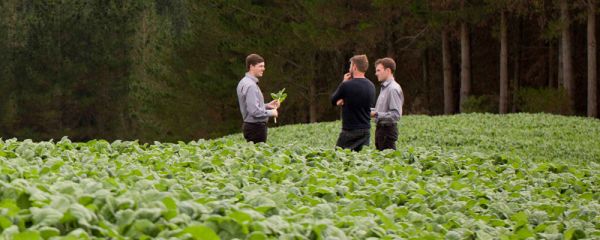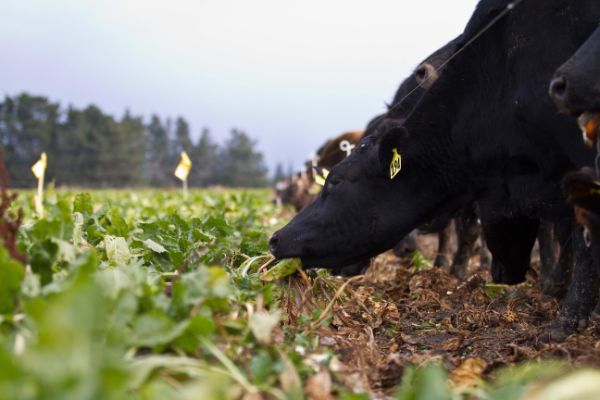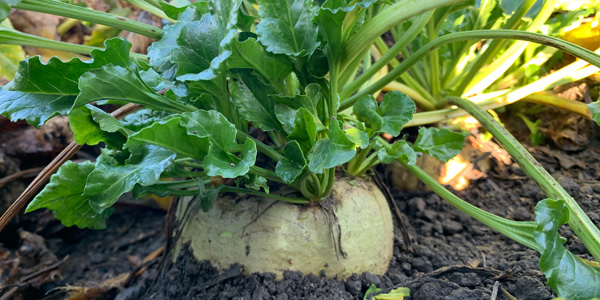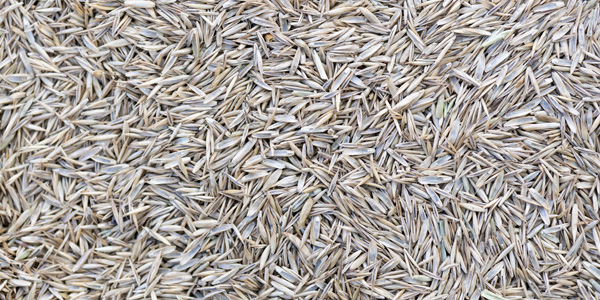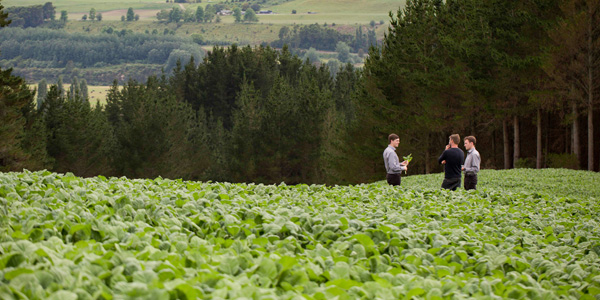
Grazing Management
Grazing Management
Diet planning
Transitioning plays a major part in grazing fodder beet successfully. An example of this can be seen on the Grazing & Transition page.
Diet planning: Prior to feeding a fodder beet crop to livestock, a diet plan needs to be developed detailing both the targeted volume of daily intake and the percentage of this total that fodder beet will make up. This will depend on stock class and the desired level of performance. In some cases the total amount of crop available on farm may also have some impact on these decisions.
High/ad lib intake
Where the expectation of gains in liveweight (i.e. steers) or body condition (in dairy cows) is high and the supply of crop is non limiting, high/ad lib intakes are often targeted where animals have access to some crop and supplement at all times. With fodder beet, high performance can be achieved while maintaining very high rates of utilisation as quality does not vary significantly through the bulb. Utilisation rates in excess of 90% are observed by the majority of graziers. A careful transition phase is required to minimise the risks (particularly of acidosis) in reaching these high intakes. Performance of animals grazing large volumes of fodder beet is generally high, but there is no good evidence that it is higher than similar animals grazing similar volumes of kale for example*, therefore expectations need to be in line with other crops.
Restricted intake
In some situations, such as maintenance winter feeding or in lactating dairy cows where beet makes up only a proportion of the diet, restricted fodder beet diets may be more appropriate. Restrictions in some cases may result in periods of hunger and controlling intake is paramount. Key considerations for restricted feeding are accurate feed allocation, keeping stock full with alternative fibre supplements, the use of double fences or “on-off” grazing to reduce the risk of breakouts. Transition is still critical when restricted feeding is desirable.
Choice of supplement
During the transition phase and once target allocations have been met, supplement plays an important role in the diet. During transition it keeps animals full allowing a gradual increase in the proportion of fodder beet in the diet. Fibre also encourages chewing and the production of saliva, which is important in maintaining healthy rumen conditions. The supplement needs to be palatable, close to the crop face and easily accessed. Choice of supplement comes down to the supply of protein. Where the fodder beet component of the diet does not meet requirement, the supplement needs to supply the shortfall. Such situations may occur in large fodder beet crops, or damaged crops, when the leaf makes up a small proportion (i.e. 10%) and the total allocation and/or livestock demand for protein is greater, such as the case for young growing animals. In practice, this may mean hay and straw are sufficient for mature animals on a winter diet but good grass balage, conserved lucerne or red clover maybe better where LWG (liveweight gain) is important in young stock.
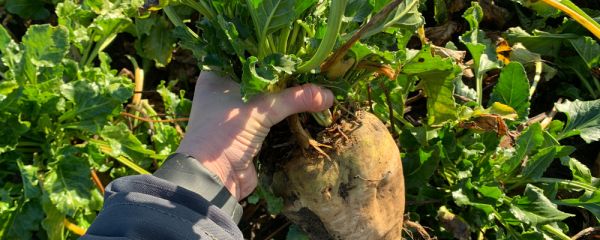
Our Fodder Beet range
VIEW PRODUCTS